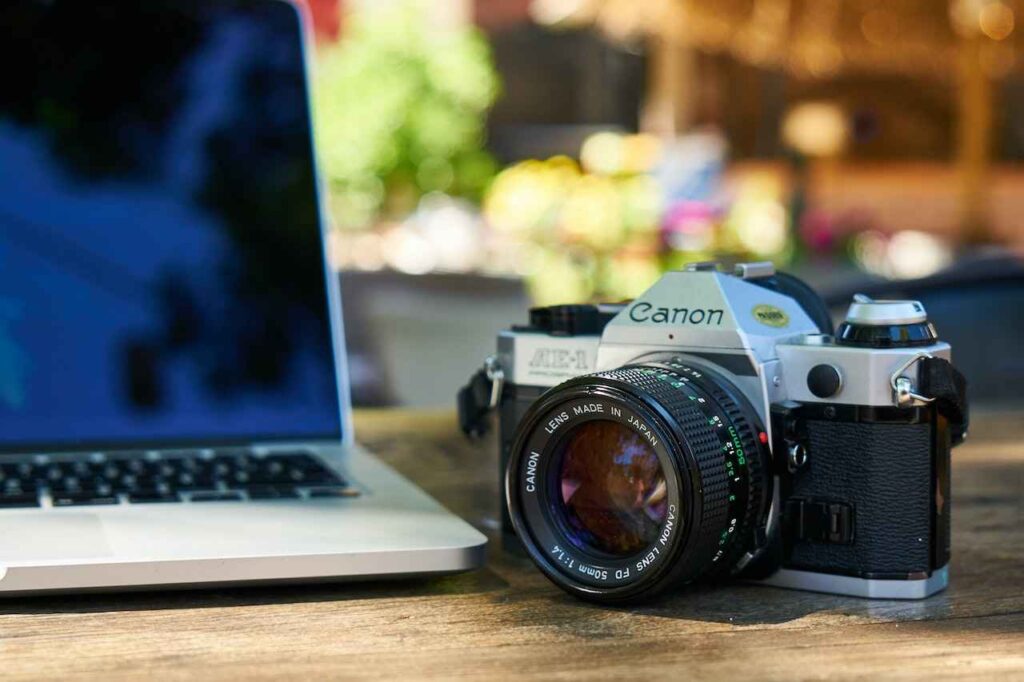Shocking Insights into Different DSLR Camera Lenses for Pros
When we talk about professional photography, the choice of camera lenses plays a pivotal role. For those wondering what are the different DSLR camera lenses, this article provides a comprehensive look into various types that cater specifically to the professional realm. Whether you're a seasoned photographer or looking to upgrade your gear, understanding the different kinds of lenses can be transformative for your work.

Why Lens Choice is Crucial for Professional Photographers
The significance of selecting the right lens cannot be overstated. From capturing intricate details in macro photography to achieving the best bokeh in portrait shots, the type of lens you use directly impacts the quality and artistic value of your photos.
The diversity of available lenses often sparks questions among professionals: What more can I achieve with a different lens? Understanding what are the different DSLR camera lenses and their particular applications is essential for refining your craft. This detailed guide sheds light on the various lenses you can incorporate into your professional kit.

Prime Lenses
50mm Prime Lens
The 50mm prime lens is renowned among photographers for its versatility. Often referred to as the 'nifty fifty', this lens is a favorite for portrait shots due to its ability to produce a natural, human-eye perspective. Its wide aperture allows for excellent low-light performance and beautiful bokeh, making it a must-have in any professional's bag.
85mm Prime Lens
Highly regarded for its sharpness and ability to capture stunning portraits, the 85mm prime lens is another essential tool. Its focal length is perfect for isolation of the subject while compressing the background to create a dreamy effect. This lens is excellent for both indoor studio setups and outdoor portrait sessions.

Zoom Lenses
24-70mm Zoom Lens
The 24-70mm zoom lens is a workhorse for many professionals. Its range covers excellent focal lengths for landscape, portrait, and even some macro photography. The flexibility of this lens allows photographers to quickly adapt to different shooting conditions without needing to switch lenses frequently.
70-200mm Zoom Lens
The 70-200mm zoom lens is legendary for its versatility and performance. Ideal for sports, wildlife, and event photography, this lens offers a powerful combination of range and image stabilization. Its ability to zoom without compromising image quality makes it indispensable for professionals who need to shoot from varying distances.

Specialty Lenses
Macro Lenses
Macro lenses are essential for capturing close-up details with high precision. Whether shooting small insects, intricate textures, or fine jewelry, a good macro lens provides the sharpness and magnification needed for exceptional close-up photography. Learn more about the importance of choosing the right SD card to support high-resolution macro shots.
Wide-Angle Lenses
Wide-angle lenses are great for landscape and architectural photography. With focal lengths generally ranging from 14mm to 35mm, these lenses allow photographers to capture expansive scenes and unique perspectives. The wider field of view can also add dramatic elements to your shots, making them more engaging and dynamic.
Special Use Cases
Fisheye Lenses
Fisheye lenses distort the image to create a spherical, panoramic view. While not used in everyday photography, these lenses are fantastic for creative projects and can make an ordinary scene extraordinarily fascinating. If you're looking to add a unique twist to your portfolio, consider experimenting with a fisheye lens.
Tilt-Shift Lenses
Tilt-shift lenses are another specialty tool used primarily in architectural and product photography. These lenses allow photographers to elevate their craft by minimizing perspective distortion. Whether you want to create miniaturized cityscapes or capture impeccable buildings, a tilt-shift lens is a remarkable asset.
Lens Buying Guide
Choosing the right lens for your needs can be overwhelming given the myriad options available. Considering factors such as aperture, focal length, and intended use can significantly narrow down your choices. For a deeper dive into this topic, check out this comprehensive guide on SLR Photography.
FAQs
1. What are the best lenses for portrait photography?
The 50mm and 85mm prime lenses are considered excellent for portrait photography. Their ability to produce sharp images with beautiful bokeh makes them ideal choices.
2. Can I use a zoom lens for macro photography?
While specialized macro lenses are recommended for true macro photography, some zoom lenses do offer macro capabilities. These may not match the quality of a dedicated macro lens, but they can still produce decent results.
3. How do I decide between a prime and a zoom lens?
Prime lenses are known for their sharpness and wider apertures, making them excellent for low-light conditions and portrait shots. Zoom lenses offer more versatility in focal lengths, allowing you to cover a range of scenarios without changing lenses.
For more tips on using DSLRs and getting the best out of your lenses, explore other articles as well.
As an Amazon Associate, I earn from qualifying purchases.

